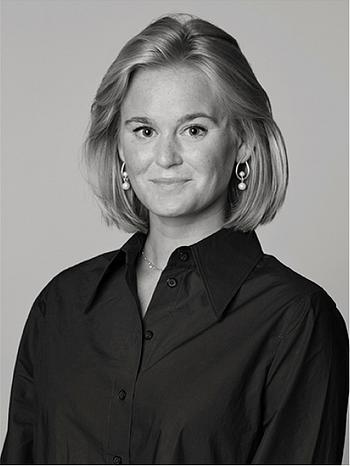Etienne Carjat
Etienne Carjat, Fäktningsmästare (Charles-Hippolyte Gatechair)
Signed E. Carjat and dated 1863. Mixed media on paper 47 x 29 cm.
Not examined out of frame.
More information
Étienne Carjat (28 March 1828 – 8 March 1906) was a French artist, journalist and photographer. He was one of the founders and zealots behind the newspapers Le Diogène and Le Boulevard. He is best known for his many portraits and caricatures of political, literary and artistic Parisian figures. Among his famous caricatures and drawings are portraits of fellow composer Hector Berlioz, writer Alexandre Dumas, artist Gustave Courbet, composer Gioachino Rossini, composer Félicien David and fencing master Charles-Hippolyte Gatechair.
Charles-Hippolyte Gatechair (1827-1887) was a renowned fencer and owner of a fencing hall in Paris in the mid-1800s. He was the special fencing master of Paris and first president of the Académie d'Armes de Paris.
Works by Étienne Carjat are in the collections of a large number of museums, including The Metropolitan Museum New York, National Gallery Washington DC, Museum of Modern Art New York (MoMA), Musée D´ Orsay Paris, Kemper Art Museum St Louis and British Museum London.
Works by Étienne Carjat can also be found in significant Swedish collections. The Hagströmer Library at the Karolinska Institutet in Stockholm is one of Sweden's foremost holders of rare and important works. Many prominent artists, architects and graphic artists are represented in its collections. The work "Le Docteur Malgaigne" by Étienne Carjat is owned by Catarina and Sven Hagströmer's Foundation and the artwork is part of the collections at the Karolinska Institutet in Stockholm.
Like his friend Nadar (pseudonym of Gaspard-Félix Tournachon), Etienne Carjat was as much a journalist and graphic caricaturist as a photographer. He brought to his photographic portraits an incisive eye honed through making pencil caricatures for Le Diogène (1856) and Le Gaulois (1857), where the radical simplification of line and gesture became a trademark that transferred to his photographs.
Étienne Carjat began to photograph about 1855. Six years later, he opened a Paris studio and began receiving recognition for his portraits: an honorable mention in a London salon (1862), awards in Paris (1863-1864), Berlin (1867), and at the Paris Exposition Universelle (1867). Yet he never devoted himself wholeheartedly to photography; instead, he continued to edit journals and to draw caricatures for the popular press.
Few subjects other than portraiture attracted Étienne Carjat. He made hundreds of cartes-de-visite, but his were markedly different than those of André Adolphe-Eugène Disdéri and other photographers, being as stripped-down and spare as theirs were elaborate. Rather than posed with pillars an swags of drapery, Carjat's subjects were shown against plain backdrops to heighten the effect of gesture and expression, elements frequently lost amid the overstuffed and visually aggressive props of most portraits of the day.
The same severity of setting and lighting were applied to even greater effect in Carjat's larger-format pictures. In the best portraits, for example those of Charles Baudelaire and Gioacchino Rossini, the dramatic posture and expression alone convey the portraitist's interpretation. Indeed, Carjat's flair for capturing the spirit of his celebrity subjects frequently equaled or excelled that of his better known contemporary, Nadar, who depended heavily on dramatic side lighting for his effects. The two men are generally regarded as the masters of portrait photography in Europe in the third quarter of the 19th century.

































